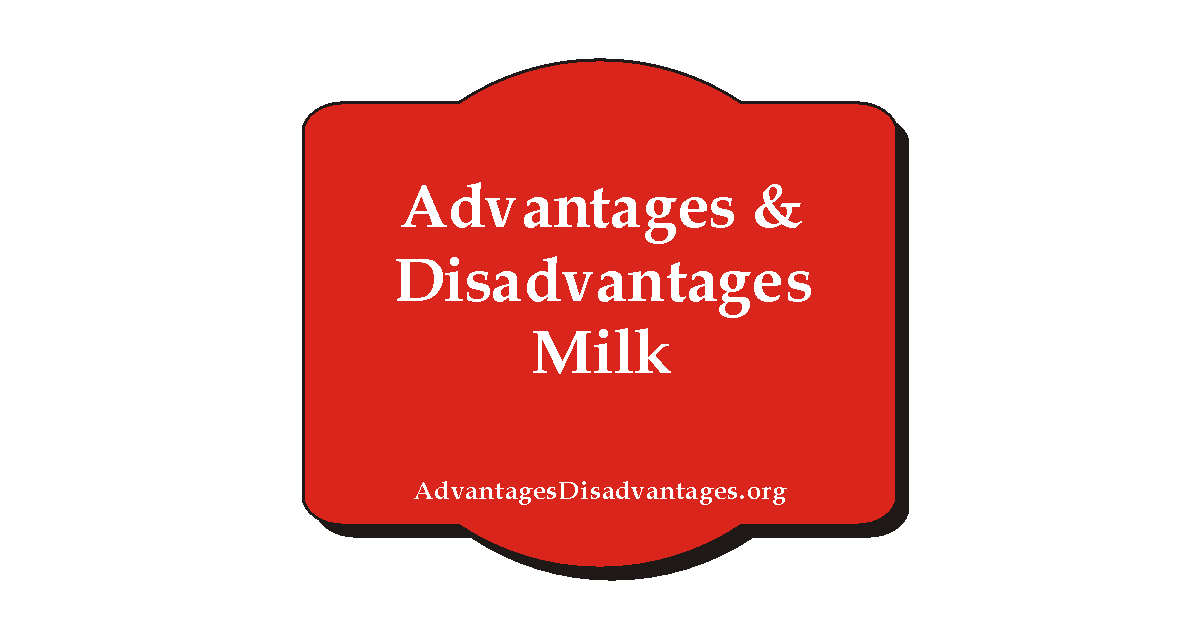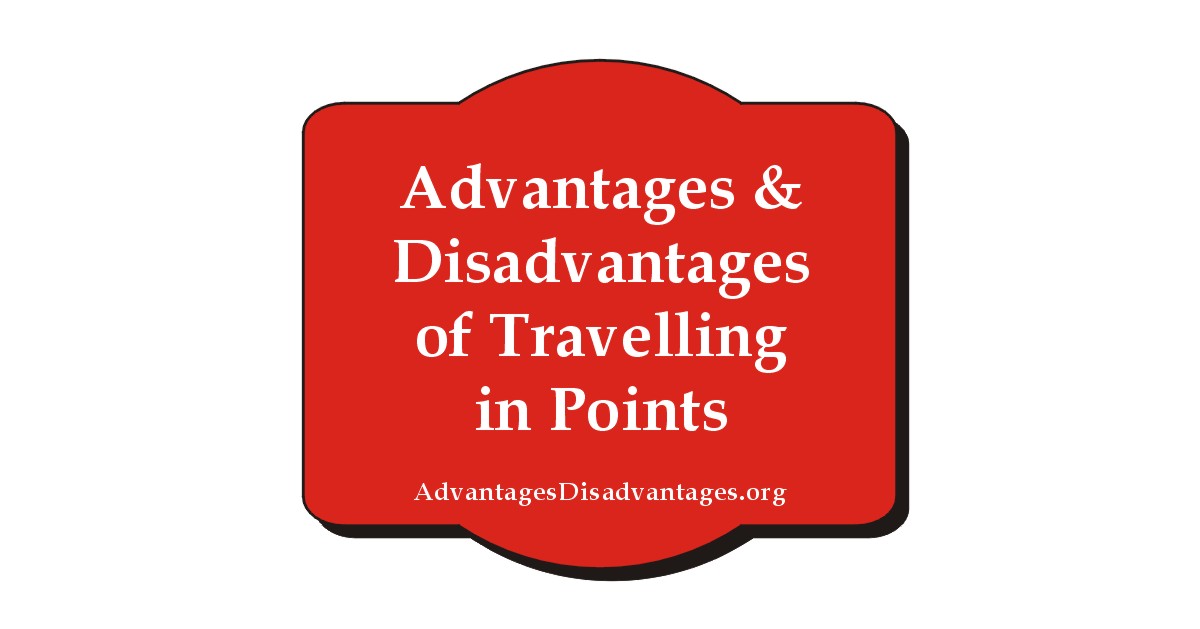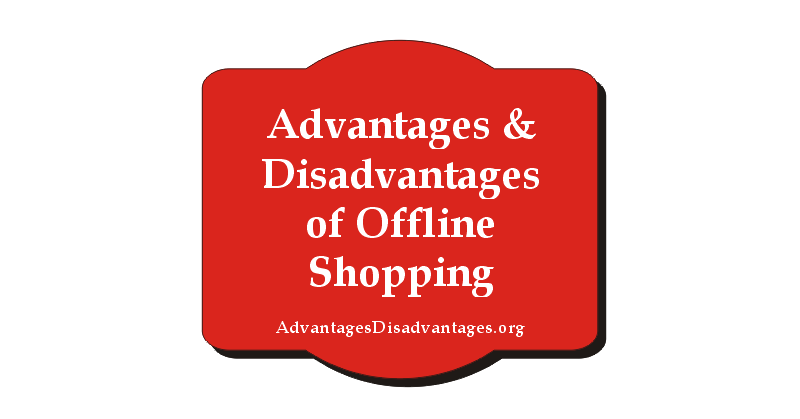Tech
Optim Marketing

Optimization marketing, at its core, is the process of refining marketing strategies to achieve the best results. It revolves around understanding what’s working, what’s not, and then making the necessary adjustments to enhance outcomes. Whether it’s website performance, ad campaigns, or content creation, the ultimate goal is to reach the target audience effectively and get the desired conversion.
Optimization marketing for lawyers works through constant testing, analysis, and iteration. By collecting data on current strategies, marketers can identify areas of improvement. Tools such as analytics platforms, A/B testing, and user feedback are critical components of the optimization process.

Table of Contents
What are the key strategies for optimizing marketing campaigns?
Key strategies include understanding your target audience, setting clear objectives, utilizing data analytics, engaging in continuous A/B testing, and refining content and design based on feedback and performance metrics.
- Set Clear Objectives: Start with well-defined goals. Whether it’s increasing brand awareness, driving sales, or gathering leads, having clear objectives will guide your optimization efforts.
- Target Audience Segmentation: Segment your audience based on demographics, behaviors, interests, or purchase history. Tailored messages for specific segments can significantly improve campaign performance.
- A/B Testing: Use split testing to compare different versions of ads, emails, or landing pages to determine which performs best. Adjust based on the insights gained.
What are the benefits of conversion rate optimization in marketing?
CRO enhances the efficiency of your marketing efforts. Instead of driving more traffic, CRO focuses on converting existing traffic better. This leads to increased sales, higher ROI, and a better understanding of customer behavior.
- Increased ROI: One of the primary benefits of CRO is maximizing the value you get from your existing traffic. By improving conversion rates, you enhance the return on investment (ROI) of every marketing dollar you spend.
- Lower Customer Acquisition Costs: When you optimize your conversion rate, you’re essentially getting more conversions without having to acquire more traffic. This means you’re reducing the cost of acquiring each customer.
- Higher Customer Value: Through CRO, you can also optimize the value of each conversion. For instance, by tweaking your checkout process or upselling/cross-selling, you can increase the average order value.
What are some effective techniques for optimizing content in marketing?
Techniques include understanding user intent, creating high-quality and relevant content, integrating keywords naturally, using compelling visuals, and regularly updating outdated content.
- Understand Your Audience: Before creating content, understand who your target audience is, what their needs are, and how they consume content. Use tools like audience personas and customer journey maps to guide your content creation.
- Keyword Research: Identify relevant keywords that your target audience is searching for. Tools like Google Keyword Planner, Ahrefs, or SEMrush can help find keywords with good search volume and relevance.
- Quality Over Quantity: Ensure your content is well-researched, accurate, and offers value to readers. High-quality content is more likely to attract backlinks, be shared on social media, and rank higher in search engines.

How does mobile optimization influence marketing success?
With increasing mobile users, optimizing for mobile ensures that your content is accessible, readable, and engaging on all devices, leading to higher engagement and conversions.
- Increased Traffic: As of my last training data in 2021, over half of all global web traffic comes from mobile devices. Ensuring your site is mobile-optimized means you’re catering to a significant portion of your audience.
- Improved Search Engine Rankings: Google’s mobile-first indexing means that the search engine predominantly uses the mobile version of the content for indexing and ranking. Websites that aren’t optimized for mobile can suffer in search engine rankings, making them less visible to potential customers.
- Enhanced User Experience: A mobile-optimized website provides a better user experience. Content that loads quickly and is easy to navigate on a smaller screen leads to longer site visits and more engagement.
- Higher Conversion Rates: Mobile optimization removes barriers like unwieldy navigation or slow load times, making it more likely for mobile users to make a purchase or sign up for a service.
What is the relationship between user experience and marketing optimization?
A positive user experience directly impacts marketing success. When users find value in your content and have a seamless interaction, they’re more likely to convert and become loyal customers.
- Improved Conversions: A positive user experience on a website or app increases the likelihood of conversions. When users can easily navigate, find information, and complete actions, they’re more likely to make a purchase or sign up for a service.
- Enhanced Customer Retention: Good UX leads to satisfied customers who are more likely to return. Marketing efforts can then be optimized to target these loyal customers with tailored content and offers, increasing retention rates.
- Reduced Bounce Rates: A user-friendly interface keeps visitors on the site longer, reducing bounce rates. This, in turn, can improve search engine rankings, optimizing your online presence and visibility.
How can landing page optimization improve marketing conversions?
A well-optimized landing page with clear CTAs, compelling content, and a user-friendly design can significantly boost conversions, making the most of every click.
- Clear and Concise Headlines: A strong, clear headline can immediately capture a visitor’s attention and convey the core offer or message of the page.
- Relevant Content: Ensure the content matches the advertisement or link the user clicked on. This consistency reinforces trust and ensures users they’re in the right place.
- Focused Call-to-Action (CTA): The CTA should be prominent and persuasive. Whether it’s “Buy Now,” “Sign Up,” or “Learn More,” the CTA should tell users exactly what you want them to do.
What are some examples of successful brand optimization in marketing?
Brands like Apple, Nike, and Coca-Cola have successfully optimized their branding strategies by understanding their audience, delivering consistent messaging, and innovating based on market trends.
- Apple: Apple’s consistent branding, from its minimalist product design to its specific color palette and font in advertisements, has made it one of the most recognizable brands globally. Apple also focuses on user experience optimization, ensuring each product or software interaction enhances the brand perception.
- Nike: With its iconic “Just Do It” slogan and the Swoosh logo, Nike has built a strong brand association with athleticism and determination. Their storytelling approach in advertisements, highlighting the struggles and successes of athletes, resonates emotionally with consumers.
- Coca-Cola: Coca-Cola’s Share a Coke campaign, where bottles had common names printed on them, was a masterstroke in personalizing a mass-produced product. This campaign, along with consistent color branding and logo use, enhanced their brand recognition.
What marketing channels should I focus on for maximum optimization?
This depends on your target audience. While digital channels like social media, email, and search engines are dominant, traditional mediums like TV and print may be effective for certain demographics.
- Search Engine Optimization (SEO): Helps your business get discovered organically on search engines. By optimizing content, keywords, meta tags, and backlinks, you can improve your website’s ranking and visibility.
- Pay-Per-Click Advertising (PPC): Paid ads on platforms like Google Ads or Bing Ads that appear on the top of search results. They can drive immediate traffic and are particularly effective for targeting specific keywords or audiences.
- Content Marketing: Using blogs, e-books, infographics, videos, and other forms of content to educate, engage, and convert your audience.
- Social Media Marketing: Platforms like Facebook, Instagram, Twitter, LinkedIn, TikTok, and Pinterest allow you to build a community, engage with your audience, and promote your products or services.


-

 Health6 years ago
Health6 years agoAdvantages and Disadvantages of Milk
-

 Tech4 years ago
Tech4 years ago6 Tips to Improving E-Commerce Websites
-

 Home6 years ago
Home6 years agoAdvantages and Disadvantages of Village Life in Points
-

 Travel5 years ago
Travel5 years agoAdvantages and Disadvantage of Travelling
-

 Sports4 years ago
Sports4 years agoThe benefits of playing an online live casino
-

 Tech6 years ago
Tech6 years ago10+ Advantages and Disadvantages of Mobile Phones in Points
-

 Tech5 years ago
Tech5 years agoEssay on Advantages and Disadvantages of Offline Shopping
-

 Tech5 years ago
Tech5 years ago8+ Advantages and Disadvantages of Motorcycle |Having Bike